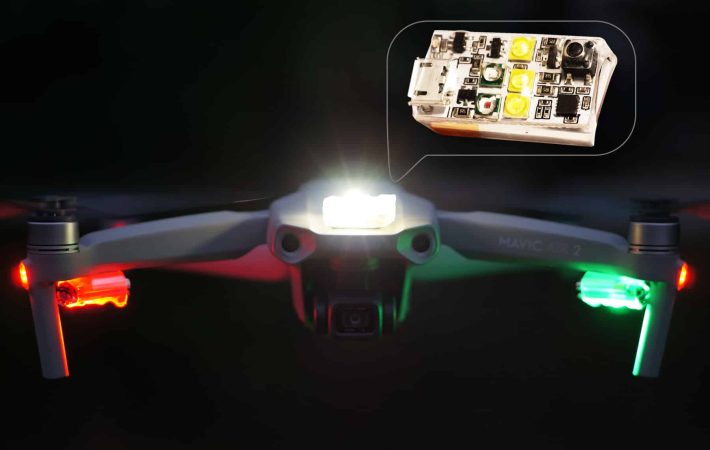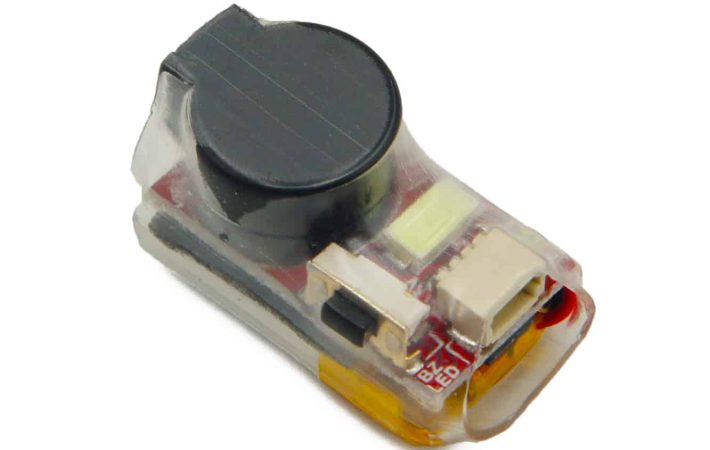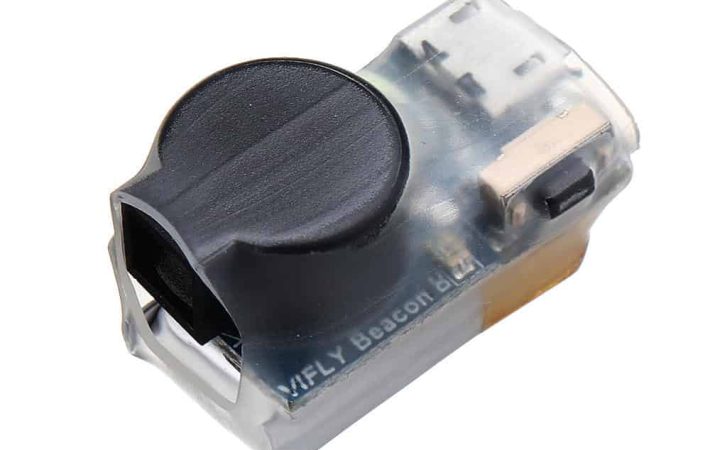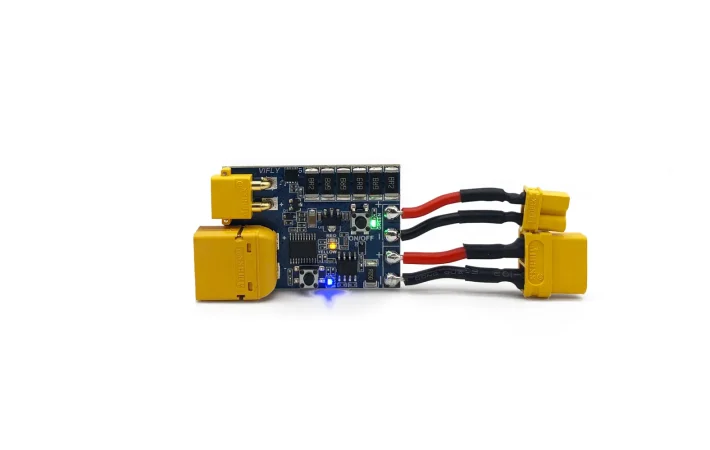Having multiple antennas on FPV goggles is not just a fashion statement. If it were, it would easily be one of the most hideous fashion trends out there because we look insanely awkward with the goggles on let alone with massive antennas sticking out of our faces.
FPV Goggles use multiple antennas to receive a clearer and stronger signal from your drone’s video transmitter (VTX) by switching between the two antennas in order for you to fly farther and through more obstacles without losing signal.
How To Use Multiple Antennas With FPV Goggles?
In order to use multiple antennas your FPV goggles must come with the capability for antenna diversity which is simply the act of juggling between the two antennas and always making sure the best signal is displayed on the goggle’s display.
If you want to take full advantage of antenna diversity, your FPV goggles will either come with 2 antenna slots from the factory OR they will have bays for modules which snap into the goggles. Most higher end goggles will come with module bays where you can install the receiver modules.
Some of the most popular receiver modules include Immersion RC’s Rapidfire module and TBS’ Fusion module (Team Black Sheep). Some goggles come with their own modules as well like the Skyzone SKYO4X’s Steadyview module.
If you end up getting a diversity module or a pair of FPV goggles with 2 antenna connections built-in, then you will want to find out which antennas work best. There are many different antennas, but you will want to get 1 directional antenna and 1 omni-directional antenna.
Directional antennas will allow you to fly your drone further and omni-directional antennas will allow you to do more acrobatic moves without worrying about where your drone is. Omni-directional antennas have a 360 coverage while directional antennas can have a radious of about 45 to 90 degrees. With these two antennas you get long range (you will likely have to face the general area where your drone is with the directional antenna) and wide area coverage.
Why Do Diversity Goggles Have Two Different Antennas?
Goggles that support diversity have two antennas because they are built to deliver the best signal by choosing the strongest reception from either of the two antennas connected into the receiver modules or goggles.
If you had a pair of goggles with only one antenna, you would have to choose between tracking your drone with your face (directional antenna with longer range) and flying freely at a close range (omni-directional antenna).
With two antennas you do not have to choose because the goggle’s receiver does all the choosing for you. You simply plug in a directional antenna and an omni-directional antenna so you can have both signals and you take off and enjoy the hobby.
Choosing your antennas can be a bit confusing, but just make sure you match the connection type and polarization (RHCP, LHCP, etc). As for connections there are a bunch, but the most popular are SMA.
Which Antenna Do I need For FPV?
The antenna you choose for your FPV goggles will depend on if you want long-distance or short-distance flight and which polarization your drone’s video transmitter has such as RHCP or LHCP.
Assuming you have FPV goggles with diversity, you will want both a directional and non-directional antenna. Directional antennas are usually squarer in form and are typically referred to as PATCH antennas. Omni-directional antennas are usually circular. Before you purchase anything though, you will want to make sure the antenna you are looking at is actually what you need for your flight style.
The antenna you need for FPV depends on two things: you will want a directional antenna If you want long range, and you can benefit from an omni-directional antenna if you are looking to fly freestyle.
You will also want to make sure the frequency is 5.8 GHz (if that is what your drone/goggles use) because otherwise you will have absolutely no signal.
The specifications on an antenna will look something like this:
· SPECIFICATIONS
- Gain: 4.7dBiC
- Axial ratio: 1.0 (near perfect)
- Bandwidth: 5.3GHz-6.2GHz
- Radiation Efficiency: 98%
- SWR: <=1.5:1
- Weight: 17g
- Size: 190mm x 17.5mm
- Cable: Semi-rigid RG402
- Connector: Right-Angle SMA
You will want an antenna with the correct frequency, connection, and polarization.
Is Diversity Necessary For FPV Goggles?
Diversity if not necessary for FPV goggles, but it most certainly is encouraged as you would otherwise have to choose between different ranges and styles of flying depending on which antenna you have or choose to use.
One way or another you will certainly benefit from purchasing higher quality antennas because most of the goggles come with the “rubber ducky” antennas and they will severely limit your signal capabilities.
Starting out with barebones equipment is a good idea, but it can also make you spend extra money if you end up getting super into the hobby. You can think of budget equipment as insurance against a lack of interest in the hobby, but if you are the cautious type, you should be aware of FPV flight simulators because they cost the price of a big dinner and are extremely realistic training methods even for experienced pilots.
Do FPV Goggles Affect Range?
FPV Goggles do not affect the range you can fly to and from. The range is affected by the antennas on both the drone’s video transmitter (VTX) and your goggles’ video receiver.
While higher quality goggles can indirectly affect the range you are able to fly because of the configuration and receiver module options, it is ultimately the antennas you choose to fly with that will determine how far away you can fly and through how many obstacles you can see through.
Choosing quality and dedicated antennas will significantly improve your flying experience and capability and as a cherry on top they can be insanely cheap compared to a new pair of goggles, receiver module, or drone.
Does Antenna Length Matter With FPV Goggles?
The length of antennas you use is not the sole indicator of quality; you should instead look for the correct polarization, directional vs omni-directional, and gain as well as SWR which should be as close as possible to the 1:1 ratio.
Focusing on these items, and purchasing from reputable manufacturers, will be a great way to make sure you have the best signal for the purposes of your drones. Choosing the correct specifications for your antennas on both your drone and FPV goggles is like cooking, you have to get the right ingredients, in the right place, and connect everything correctly in order to get healthy signal at decent ranges.






